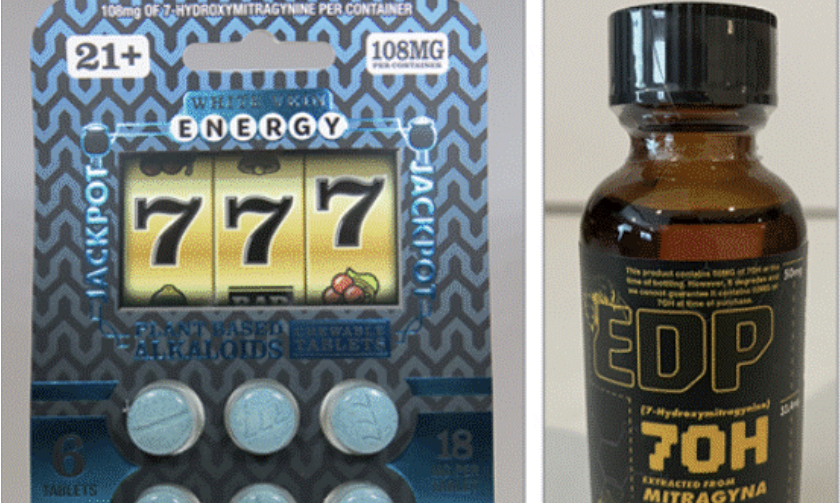Trippin’ on Miracle Fruit: A Testing Party

BY OWEN MORRIS
On a recent Friday night, in a house on the edge of suburbia, a group of young professionals gathered in a cavernous kitchen, eying suspiciously the mixture of fruits, vegetables, spices and alcohol laid out before them. Some were nervous, others skeptical and a couple openly questioned the legality of what they were about to do. It was a miracle fruit party.
Miracle fruit is a small, South-Asian berry that for the most part lives up to its name. Due to a special protein, it is able to rewire the tongue’s tastebuds and make acidic foods taste sweet. Really, really sweet. Lemons taste like lemonade, vinegar tastes like juice and Guinness tastes like chocolate milk.
At this point though, none of the guests were buying it. Instead of a berry, I was asking them to take miracle fruit in tablet form and by my own admission, the tablets, from China, were sketchy. I had no choice. The fruit is nearly impossible to get in America (the FDA has no ban on miracle fruit itself but has denied approval of using miraculin, the wonder protein in miracle fruit, as a sweetener, thus the defacto ban.) It does not travel well and starts to go bad after a couple of days, meaning shipment from other countries is fruitless. The few vendors who grow it in the U.S. have waiting lists. In tablet form, though, the effects are the same. Several Web sites sell the tablets, but eBay is usually the cheapest source.
No matter how you get it, miracle fruit still surprises.




